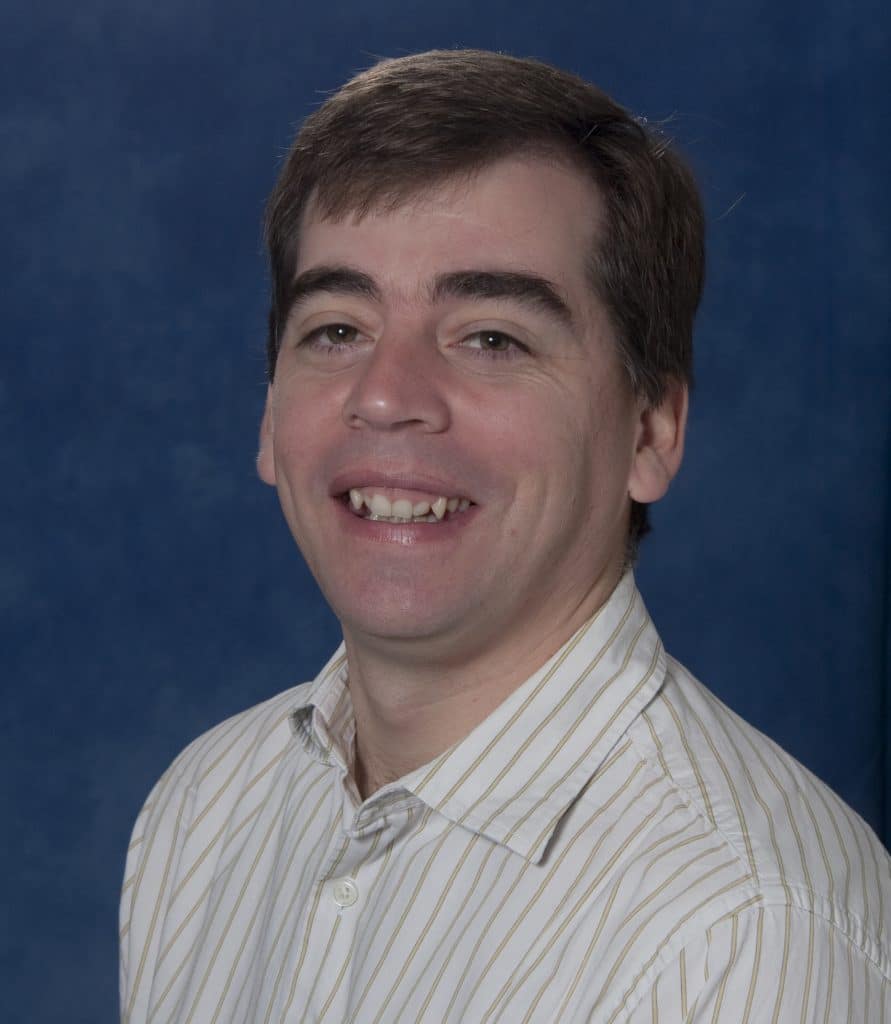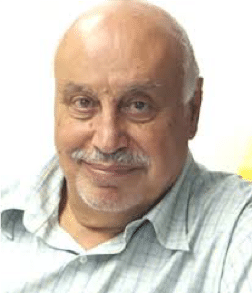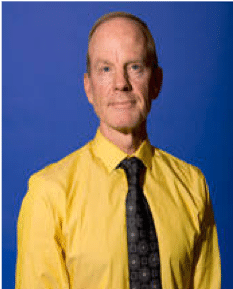Aug. 29. 2019
With new Ph.D. programs, a new research center, a new college and expanded faculty, all in the last three years, new departments weren’t far behind.
This summer, the Department of Physics and Astronomy split into the Department of Astronomy and Planetary Sciences (APS) and the Department of Applied Physics and Materials Science (APMS). APMS is in the College of Engineering, Informatics, and Applied Sciences, while APS stays in the College of the Environment, Forestry, and Natural Resources.
The change, which has been in discussion for about a year, is an opportunity to put NAU’s strengths front and center in the newly revamped departments, building on the success of the programs and allowing each to focus more exclusively on the needs and success of students.
Students should not see major changes, especially this year, though curriculum will be redone in the next couple of years, and over time students in physics and astronomy will take fewer combined courses. But expect plenty of continued collaboration, said department chairs Nadine Barlow and Gabe Montaño. You can’t take the physics out of astronomy—or anything else, really—and students will continue to work with professors in both departments on research and in classes.
“This elevates both programs to a level where we can become stronger but also continue working together to develop some unique programs,” said Montaño, the APMS department chair. “We’re working hand in hand to make sure that none of what NAU has invested so much in creating is lost.”
“People outside the university will have a better understanding of the types of research that we do here in the department and a better understanding of the types of degree plans that we’re offering,” APS chair Barlow said. “It doesn’t mean students aren’t still going to have a lot of physics to take, but now it will be much more astronomy-focused in many respects.”
Department of Astronomy and Planetary Sciences
NAU already has significant expertise in planetary sciences, and they are working to not only increase that strength but also to expand even further into the solar system and beyond as the department grows and as they adjust the curriculum to meet the specific needs of astronomy students. A number of physics courses will be revamped with an astronomy focus. For example,
instead of computational physics, which focuses on MATLAB software, they’ll take computational astronomy, which will teach students how to use Python software, which is more commonly used in astronomy.
APS also added two new professors to its ranks: Devon Burr, who works with the planetary sciences group; and Josh Emery, who works on asteroids and primitive bodies. The department is asking for more hires in the next few years, Barlow said, with a focus on expanding expertise in areas such as stellar and galactic astronomy.

Barlow hopes this change will introduce new opportunities for collaboration with counterparts across the state. NAU already has partnerships with researchers at Arizona State and the University of Arizona; the three state institutions have all made planetary astronomy a priority, helped along by Arizona’s terrestrial analogs for geological features found on other planets.
Revamping the curriculum will happen slowly. The physics and the merged physics and astronomy majors went with APMS, while APS retained the astronomy degree. Merged physics and astronomy students who were doing research with astronomy professors will continue on those projects. The cohorts that were a mix of physics, astronomy and the merged physics and astronomy majors will continue to take many classes together, although astronomy majors will gradually transition to the new astronomy course offerings in place of some upper-level physics courses.

The department also wants to add more programs, including redeveloping the current astronomy undergraduate degree to include emphases in astrophysics and in planetary science, which are obvious matches for the program’s strengths. The department is considering additional degree plans for the future, such as a possible BSED (science education) in astronomy.
This year marks the fourth year of the Ph.D. program in astronomy and planetary science, which now has 27 students. The first graduate of the program could finish in May.
“Flagstaff has a long history of engagement with the field of astronomy, and we’re excited for the new Department of Astronomy and Planetary Sciences to highlight NAU’s outstanding strengths in this area,” said CEFNS Interim Dean Jason Wilder. “In recent years we’ve hired faculty with cutting-edge research programs that range from designing spacecraft instrumentation that explores Mars and asteroids to studying the objects at the farthest reaches of the Solar System. We’ve also recruited top-notch doctoral students for our Ph.D. program. NAU is rapidly becoming an internationally recognized leader in this exciting field.”
Department of Applied Physics and Materials Science
This new department shares a name with one of NAU’s newest doctoral programs. Eight students are part of the inaugural class, which started this week. Department chair Gabe Montaño, who came to NAU two years ago to start the Center for Materials Interfaces in Research and Applications (¡MIRA!) with Jen Martinez, said the marriage of the two disciplines made sense to him, coming from a career at Los Alamos National Laboratory in New Mexico in a Division of Materials, Physics and Applications. What NAU is doing is novel in education; most materials science programs are paired with materials engineering, not leaving space for students who want a foundation in applied science.
“I saw there was an opportunity to create that here,” he said. “This is an opportunity to create something unique that Arizona doesn’t have, that the region doesn’t really have, and that I truly believe there is an interest in. And within that is an opportunity to make sure that we do not lose what we do well.”
APMS includes bachelor’s degrees in physics and the merged physics and astronomy major, as well as a master’s degree in applied physics and the new doctoral program.

“I know that faculty across our college are happy to welcome our APMS and ¡MIRA! colleagues and really excited to continue building on our already existing collaborations in both research and teaching,” said CEIAS Interim Dean John Georgas. “These interdisciplinary collaborations are at the core of what we do and will help prepare students for the challenges and opportunities of the future.”
Much like in APS, students won’t see much immediate change. The curriculum will change over time in terms of new program development, focusing on preparing students for work in industry, national labs and universities. However, the merged physics and astronomy bachelor’s degrees will remain the same. Half a dozen of the current faculty come from a background in national labs, so they know what’s needed to succeed in those environments, Montaño said. They also have networks to help place students in internships and jobs.

Over the next few years, he plans to identify the areas where the department’s expertise can be strengthened and focus new faculty hires on those areas; he also wants to talk about new degree programs, such as a 4+1 master’s degree. APMS also has added two new faculty members who are internationally recognized leaders in applied physics and materials science: Miguel Jose Yacaman and Rob Whetten. Yacaman is a pioneer in electron microscopy of nanomaterials, and Whetten is a leader and pioneer in metallic nanoclusters. These additions add to the already existing strengths in present in APMS in nanomaterials and physical characterization techniques.
“People really think about the students first, and can we do something to create new opportunities for students,” Montaño said. “If the answer is yes, then we try to work toward that. What we’re doing now is exactly that. This has really been fueled by the ability to create new opportunity for students.”


